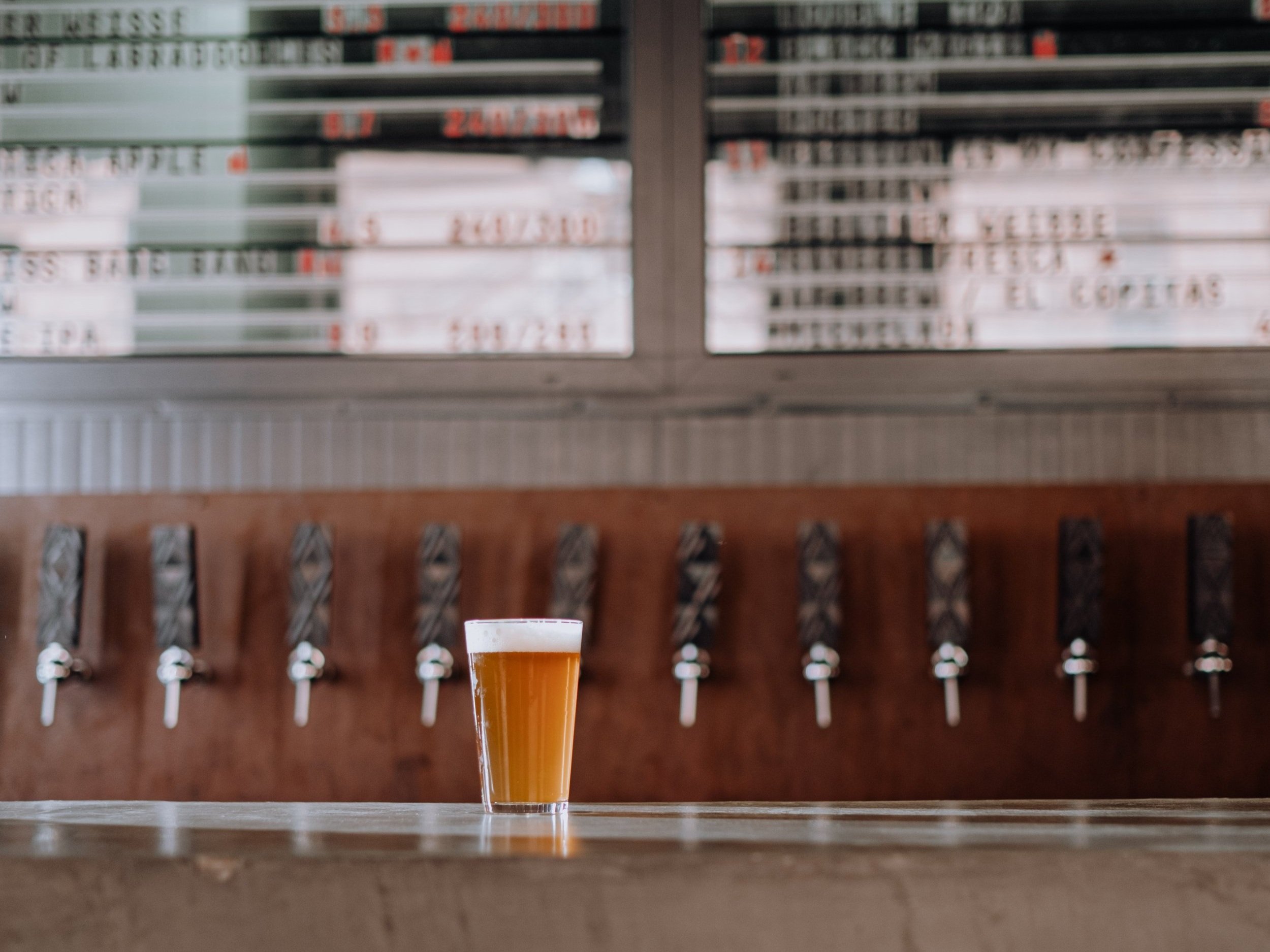Unlocking the Green Dining Revolution: How to Attract Sustainability-Conscious Customers and Make a Positive Impact
Hey, you love making delicious food for your customers, right? But you also love taking care of the environment. That's why sustainability and waste reduction are important to you in your kitchen. And guess what? You're not the only one - a lot of customers are looking for green dining options in 2023. They want to eat at places that care about the planet and do their part to reduce their impact. But being eco-friendly is not only good for your image - it's also good for your pocket. By following some easy tips and tricks, you can reduce waste, save money and boost your productivity. In this article, we'll show you how to make your kitchen more green and profitable at the same time. You'll learn how to use smart technology, choose eco-friendly design and more. Are you ready to create a kitchen that's good for you, your customers and the planet?
1. Spread the word: Don't keep your sustainability practices a secret! Let your customers know that your establishment is dedicated to making a difference. Highlight your sustainable initiatives on your website and menu. Are you supporting local suppliers who prioritise environmentally friendly practices? Showcasing their names on the menu can raise awareness and promote local food systems. Do you have your own garden or work with nearby farmers? Share stories about the growers and their sustainable farming methods on your social media channels. And if you compost all your organic waste for a local community garden, let your customers know! By sharing these efforts, you build transparency and trust, attracting like-minded individuals who appreciate your commitment to the environment.
2. Embrace technology: In the digital age, there are countless opportunities to save resources and reduce waste. Consider moving away from traditional paper menus and embrace digital alternatives. Digital menus offer flexibility, allowing you to make real-time updates and additions, preventing food waste by indicating ingredient availability. Additionally, consider implementing paperless food hygiene records. There are excellent inventory and hygiene record software options, such as Leafe (wink 😉), that streamline these processes, saving you time, money, energy, and printing jobs. Have you thought about offering digital receipts to customers? This eliminates the need for paper and reduces waste, aligning with sustainability values.
3. Rethink restaurant staples: It's essential to challenge the status quo and find sustainable alternatives for traditional restaurant practices and you might savea lot of money in the process. For instance, tablecloths and cloth napkins may require extensive washing and dry cleaning, contributing to your carbon footprint while also breaking the bank. Explore innovative ideas such as providing blankets for outdoor seating areas instead of using energy-consuming outdoor heaters. By thinking outside the box and finding creative solutions, you can reduce waste and lessen your environmental impact.
4. Upcycled spaces: The interior design of your restaurant tells a story and can communicate your sustainability efforts to customers. Why not integrate green principles into your design choices? Think about the usage life of your decor and materials. Can you repurpose items or use sustainable materials like recycled wood or eco-friendly fabrics? Consider the environmental impact of your design choices and aim for longevity and sustainability. By making intentional and eco-conscious design decisions, you show your customers that your commitment to sustainability goes beyond the kitchen.
5. Let your menu do the talking: Your menu is a powerful tool for conveying your dedication to sustainability. Highlight sustainable choices and practices through deliberate menu design and information. For example, incorporate pickling or preserving techniques that prolong the life of seasonal produce. Including information about your suppliers next to each dish demonstrates transparency and allows customers to appreciate the local and sustainable origins of their meals. Consider offering a limited selection of dishes and smaller portion sizes to minimise food waste. Opt for low-impact wild meats and avoid over-fished seafood options. Highlight the use of heritage ingredients, which not only add unique flavours but also support biodiversity and sustainable agricultural practices. Your menu can be a window into your eco-friendly practices.
6. Cheers to local libations: The beverage options in your restaurant can also contribute to your sustainability efforts. The transportation of bottled beer often carries a significant carbon footprint. Consider partnering with a local brewery located - most likely just a few miles away. This supports the local economy while reducing transportation-related emissions. Metal kegs used for transport can be reused multiple times, further minimising waste. Additionally, explore the concept of tap wine, which eliminates the need for excessive packaging and reduces end-of-bottle waste. You can also experiment with closed-loop cocktails, removing garnish waste that often goes untouched and leading to innovative, low-effort, homemade syrups and infused spirits.
Who says you can’t have your cake and eat it too? By implementing these practices and sharing your sustainable journey with your customers, you can attract sustainability-conscious individuals and contribute to a greener future - while also doing good for the planet and your wallet. Together, we can make a significant impact on the planet while providing memorable dining experiences. MIC DROP.







